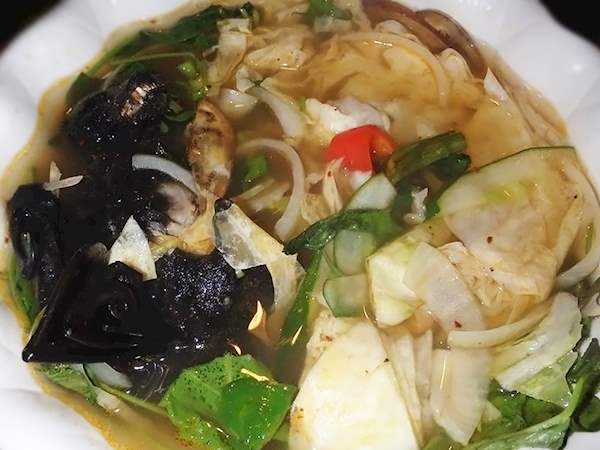Introduction: Palauan cuisine and its unique flavors
Palauan cuisine is a unique blend of influences from Southeast Asia, Micronesia, and Polynesia, all of which have contributed to its distinctive flavors and cooking methods. The cuisine has evolved over centuries, reflecting the island’s geography, climate, and culture. Palauan cuisine is known for its use of fresh ingredients such as seafood, fruits, and vegetables, as well as its bold and spicy flavors.
Island biogeography: A brief overview of Palau
Palau is a small island nation located in the Western Pacific, comprising 340 islands that are spread across 270,000 square kilometers of the Pacific Ocean. The islands are surrounded by coral reefs and have a tropical climate, which has influenced the diversity of flora and fauna found in Palau. The island’s unique geography has made it a rich source of seafood and tropical fruits, which are used extensively in Palauan cuisine.
The influence of the ocean: Seafood in Palauan cuisine
Seafood is a staple of Palauan cuisine, with fish, crabs, clams, and octopus being popular ingredients in many dishes. The island’s location in the Pacific Ocean has made it a prime location for fishing, and Palauan cuisine reflects the bounty of the sea. Traditional Palauan dishes like ma’a tsoi, a soup made with fish and coconut milk, and ikalau, a grilled or baked fish dish, are often served with fresh vegetables and rice.
Farming and agriculture: Staple crops in Palau
While seafood is an essential part of Palauan cuisine, the island’s geography has also influenced its agriculture. Palau’s volcanic soil and tropical climate are ideal for growing a variety of fruits and vegetables, including taro, yams, cassava, and breadfruit. These crops are used to make traditional dishes like kemeldiil, a hearty stew made with taro, pork, and coconut milk, and bai, a wrapped dish of pork and taro leaves.
Culinary influences: Cultural exchange and Palauan cuisine
Palauan cuisine has been influenced by the island’s history of cultural exchange with neighboring countries. The cuisine has absorbed elements from Southeast Asia, Micronesia, and Polynesia, as well as colonial influences from Spain, Germany, and Japan. These influences can be seen in dishes like kibedong, a fish cake made with taro and coconut milk, and sushi-eskabeche, a local twist on Japanese sushi.
Conclusion: Palauan cuisine as a reflection of the island’s geography
Palauan cuisine is a reflection of the island’s geography, culture, and history. The use of fresh seafood and tropical fruits, the farming of staple crops, and the influence of neighboring cultures have all contributed to the unique flavors of Palauan cuisine. The cuisine reflects the island’s connection to the ocean, its lush vegetation, and its rich cultural heritage. Palauan cuisine is a testament to the island’s resilience and adaptability, and a delicious example of the island’s diversity.

